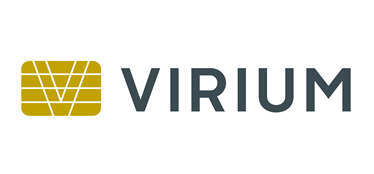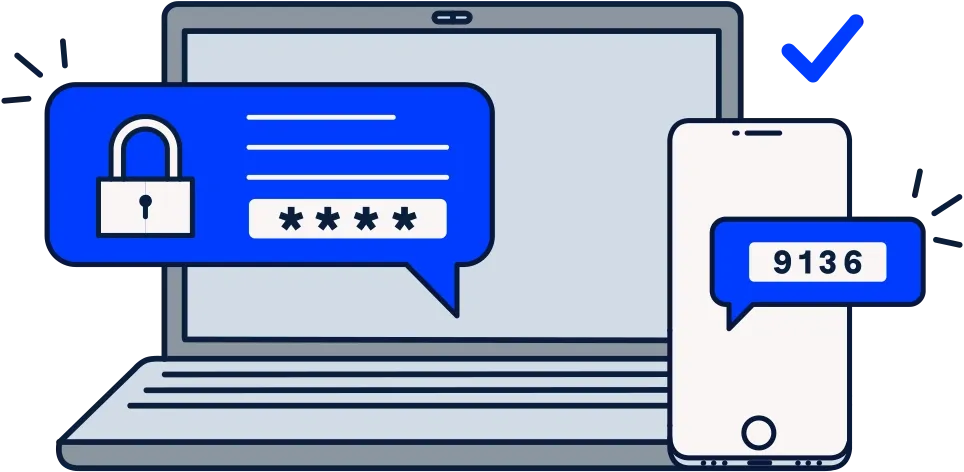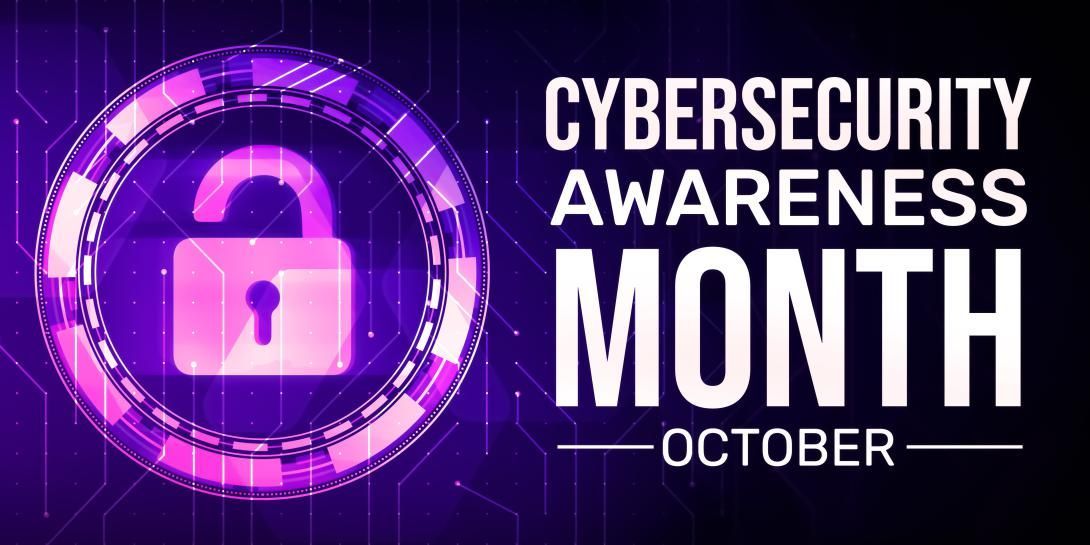Risk Management vs Vulnerability Management
Risk Management vs Vulnerability Management: What’s the Difference?

If your organisation operates in a regulated industry such as finance, legal services, training, or anything with sensitive data, chances are you’ve heard a lot about risk management and vulnerability management. You might even be tasked with 'owning' both as the unofficial IT/security person. But are they the same thing? And where does MDR (Managed Detection and Response) come in?
What Is Risk Management?
Risk management is all about the big picture. It’s the process of identifying, assessing, and prioritising risks to your organisation – not just cyber risks, but operational, financial, reputational, and legal ones too. In a cybersecurity context, it’s about:
- Identifying threats (e.g. phishing, ransomware, insider threats)
- Understanding vulnerabilities (e.g. unpatched software, misconfigurations)
- Assessing impact and likelihood
- Making informed decisions on how to treat those risks: accept, avoid, transfer (e.g. via cyber insurance), or mitigate
For example, ISO 27001, PCI DSS, and FCA regulations all require a structured approach to risk. It’s not just about ticking boxes, it’s about knowing where your weak spots are and making smart, documented choices.
What Is Vulnerability Management?
Vulnerability management, on the other hand, is more tactical. It’s a continuous process of:
- Scanning systems and applications for known vulnerabilities
- Assessing severity based on exploitability and impact
- Remediating or patching weaknesses
- Verifying fixes and monitoring over time
In other words...
Vulnerability management is the everyday solution to potential security issues which feeds into your overall risk picture (a critical vulnerability in an internet-facing server is a much bigger risk than one in an old test machine with no sensitive data!). Whereas risk management incorporates these fixes into plans, frameworks and compliance requirements.
Where Managed Detection and Response Comes Into Play
Many organisations, especially small to mid-sized ones, struggle with both the time and expertise required for proactive vulnerability management, but fear not! That’s where MDR could help.
MDR solutions can:
- Identify vulnerabilities across your endpoints, networks, and cloud environments
- Correlate threat intelligence to understand which weaknesses are being actively exploited in the wild
- Monitor for real-time threats, so even if something gets missed or delayed in patching, it doesn’t go unnoticed
- Provide guidance or even hands-on help in prioritising and fixing the most dangerous issues
A good MDR vendor will also include vulnerability scanning and reporting as part of their service, helping you meet compliance requirements like regular scans under PCI DSS or evidence of risk-based decision-making for ISO 27001.
Why This Matters for Regulated Industries
Whether you’re preparing for an audit or trying to avoid a breach that could damage your reputation (and your bottom line), understanding and addressing both risk and vulnerabilities is non-negotiable.
- FCA-regulated firms are expected to have appropriate systems and controls – including around cybersecurity.
- PCI DSS requires you to identify and address vulnerabilities on a regular basis.
- ISO 27001 expects a full risk treatment plan, informed by real-world data.
In Summary
Risk management is strategic, it helps you decide what matters most and where to invest time and resources. Whereas vulnerability management is operational, helping you fix what’s broken before someone else finds it.
So if your organisation is juggling compliance, limited resources, and evolving cyber threats, our MDR solution can bridge the gap, helping you detect, respond, and continuously improve your cyber resilience.











